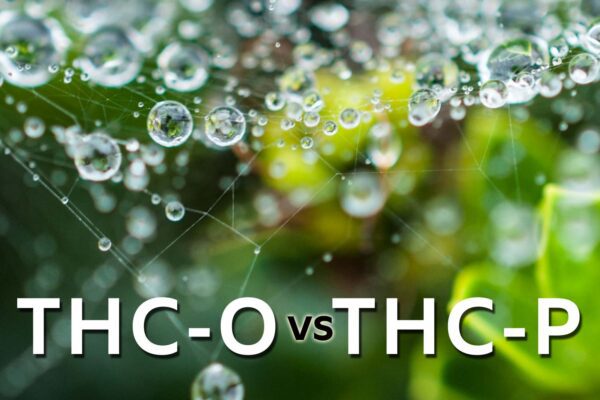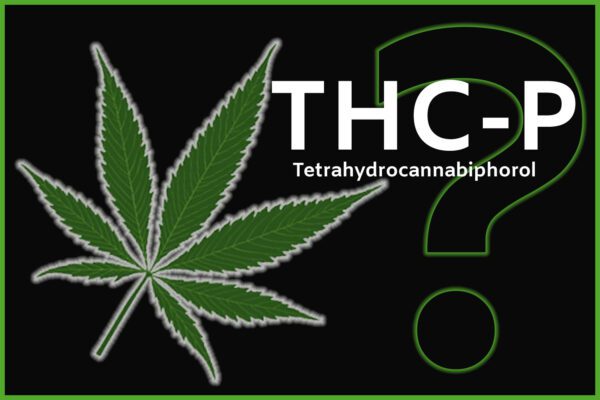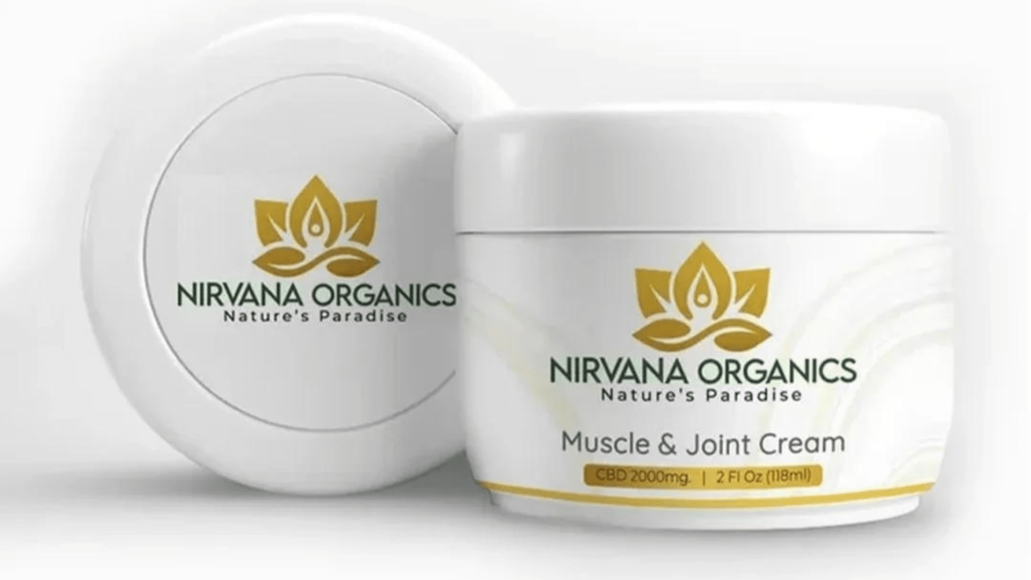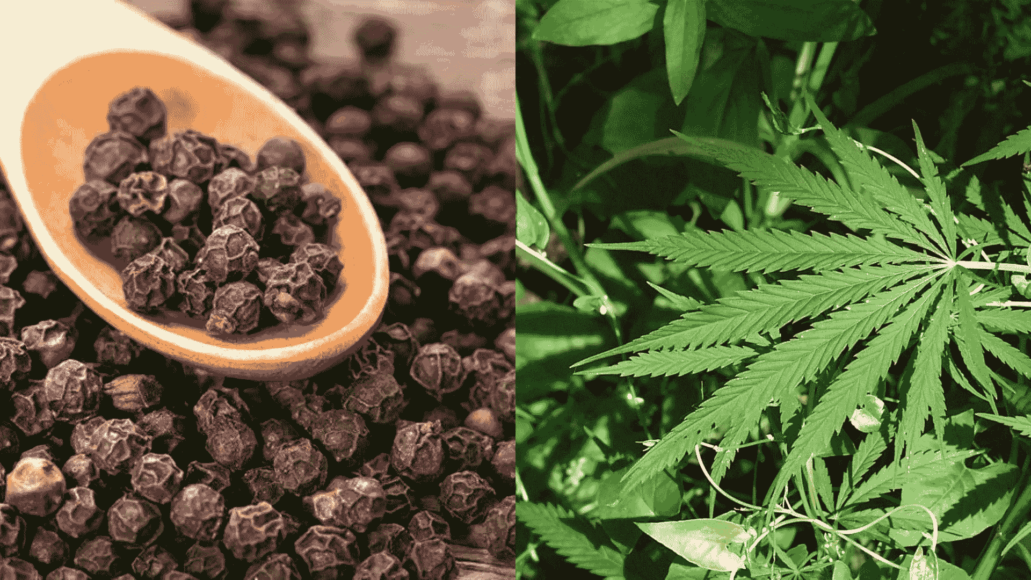THC-O vs THC-P: Benefits, Differences, & Effects
Introduction:
Cannabis is changing all the time, with new stuff popping up every now and then. Two cool things, THC-O and THC-P, are getting a lot of attention for what they can do. Even though they’re a bit like regular THC, they’ve got their own special powers that make them stand out. Learning about what makes them different and what they can do is super important if we want to understand how they can help us feel better or have a good time with cannabis. So, in this article, we’re going to talk about what makes THC-O and THC-P special, the difference between the two, and their effects. We’ll also look at how they fit into the ever expanding world of cannabis.
What is THC-O?
THC-O is made by changing regular THC, the main psychoactive ingredient in cannabis, into a different form. This new form is much stronger than regular THC and has longer-lasting effects. THC-O is not found naturally in cannabis plants and must be made in a lab. It is not yet well-studied, although gaining popularity among recreational consumers and researchers who are interested in its potential medical benefits.
One of the main advantages of THC-O is its capacity to produce a euphoric feeling that is stronger and lasts longer than regular THC. People looking for a stronger high may find this intriguing, but they should be aware that increased potency could also mean increased risks and adverse effects. THC-O research is still in its infancy, but early results point to its potential for treating pain, nausea and promoting hunger, reflecting some of the medicinal benefits associated with regular THC.
What is THC-P?
Tetrahydrocannabiphorol, often known as THC-P, is a naturally occurring cannabinoid found in trace amounts in cannabis plants. It is a fascinating new compound to the growing list of cannabinoids. The structural resemblance of THC-P to THC, even though it has a longer side chain, may result in a higher binding affinity for cannabinoid receptors in the body. This increased affinity suggests that THC-P may be able to exert more powerful effects even at lower dosages, which could fundamentally alter how we view cannabis use for both therapeutic and recreational purposes.
One of THC-P’s main benefits is its potential to offer more significant medicinal advantages than traditional THC. THC-P’s stronger binding ability makes it a promising candidate for treating various medical conditions. This means it has a better chance of effectively targeting specific receptors responsible for pain relief, mood regulation, and appetite stimulation. Additionally, its ability to produce a more potent and prolonged high makes it appealing to recreational users seeking a more intense and extended cannabis experience.

THC-O vs. THC-P: What’s the difference?
Although both THC-O and THC-P are derived from THC, they have distinct chemical structures and effects on the body. THC-O’s modification makes it a more potent option for those seeking a stronger high, as it intensifies and extends psychoactive effects. On the other hand, THC-P’s elongated side chain enhances its binding ability to cannabinoid receptors, potentially enabling more precise targeting of specific receptors and thus offering stronger therapeutic benefits. THC-O and THC-P are both considered legal substances, but different laws apply in different places. As more knowledge about their effects and potential concerns becomes accessible, their legal status may change. Users and researchers should keep up with the changing legal environment surrounding these substances in order to ensure responsible and knowledgeable use.
Benefits of THC-O:
Despite limited research, personal experience shows that THC-O may offer a range of potential benefits, including:
- Enhanced relaxation and stress relief
- Increased euphoria and uplifted mood
- Potential pain-relieving properties
- Possible anti-inflammatory effects
Benefits of THC-P:
While research on THC-P is still in its early stages, early findings suggest that it may offer a variety of potential benefits, including:
- Stronger psychoactive effects compared to THC
- Potential for more intense euphoria and relaxation
- Possible therapeutic applications for pain management and inflammation
- Potential for enhanced sensory perception
Understanding the Effects of Consuming THC-O and THC-P:
While THC-O and THC-P show promising potential, it is crucial to understand the risks associated with their use. THC-O’s increased potency and prolonged effects can heighten the chances of adverse reactions, especially for those with low tolerance to strong psychoactive substances. Overuse of THC-O can lead to heightened anxiety, paranoia, and other psychological issues, emphasizing the need for caution and moderation when exploring its medicinal or recreational applications.
Similarly, THC-P’s enhanced potency can result in a more intense high, which could be overwhelming for individuals sensitive to strong psychoactive effects. Moreover, due to limited research on THC-P’s long-term effects, its potential impacts should be carefully considered, particularly in the context of prolonged use and its influence on cognitive and physiological processes. Responsible use and seeking medical guidance can help minimize risks and ensure a safer, more informed approach to incorporating these substances into one’s lifestyle.
Side Effects and Precautions:
THC-O and THC-P are both powerful cannabinoids and should be used with caution. They may have powerful psychoactive effects because of their enhanced strength, which may be too much for certain people. It is crucial to begin with small doses and raise them gradually as necessary.
Additional Notes:
- Remember that THC-O and THC-P are relatively new discoveries and more research is needed to fully understand both their potential benefits and risks.
- Always consult a healthcare professional before using such products, especially if you have any underlying medical conditions.
Conclusion:
There are now more opportunities than ever to investigate the potential of cannabinoids thanks to the discoveries of THC-O and THC-P. Although the study of these substances is still in its early stages, their special qualities and potential benefits suggest potential for medicinal use. We anticipate learning more about these compounds and how they might affect various facets of health and wellbeing as research advances.
Related posts
Exploring the Science Behind THC-P Products and..
What is THC-P: The Complete Guide
The products featured on this site have not been evaluated by the Food and Drug Administration. They are not intended to be used for the diagnosis, treatment, prevention, or cure of any medical condition. Nirvana Organics does not make any claims about the benefits of our products. We recommend consulting your physician before using alternative therapies, especially if you are pregnant, nursing, elderly, chronically ill, or taking prescription medications. You must be at least 21 years old to purchase our products. Consumers assume full responsibility for using these offerings appropriately and legally.
We aim to provide truthful information about our offerings. However, our content is not meant as medical advice or instruction. The customer bears responsibility for using all products appropriately and according to the law. Customers should not construe any information here as professional medical advice or prescriptions. We provide general details about our products but do not claim to treat, cure, or prevent diseases. Creating any treatment regimen is a decision between buyers and their qualified Medical practitioners. Per the PACT Act, we follow regulations regarding the shipment of lawful goods.
THC Disclaimer
Our products contain no more than 0.3% Δ9-THC on a dry weight basis, which meets legal requirements. However, Δ9-THC can cause impairment and other side effects. You must avoid these offerings if pregnant or nursing. We also recommend consultation with a medical professional before consuming Δ9-THC. Keep these products away from children or animals. Operating vehicles or other machinery under the influence of Δ9-THC may be illegal and dangerous.

We at Nirvana Organics believe in quality and customer experience.
©2024. shopnirvanaorganics.com. All Rights Reserved.
- Login
- Sign Up




